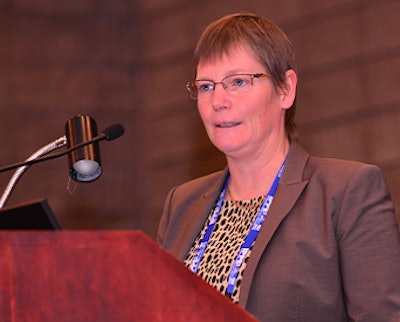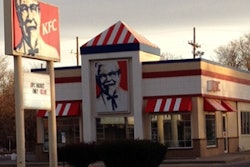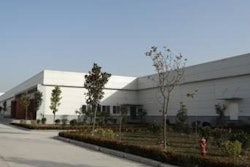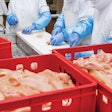
"Technology and social media developments are revolutionizing the way we decide what we eat and where we eat," said Deborah Perkins, managing director for Rabobank International, during her presentation at the Market Intelligence Forum held during the 2014 International Production & Processing (IPPE) in Atlanta. The forum was sponsored by U.S. Poultry & Egg Association.
As part of her presentation on "Global Consumer Eating Trends," Perkins discussed consumer demand drivers, as well as consumer behavior in today's society and the implications these have in the poultry industry. Perkins provided a global overview of the U.S., India, China and Indonesia, pointing out that the U.S. consumes four times more chicken than China. She also discussed the role of Baby Boomers and Millennials in today's society, commenting that both are important consumer groups to know and follow. Further, Perkins discussed a new group, individuals who serve as "food evangelists," who are action-oriented toward brands, companies and food and are adept at getting their message conveyed using social media and other outlets.
Perkins shared that people are paying more attention to what they are eating today. She mentioned that poultry is well-positioned and has great opportunities. Perkins also discussed the trend toward single and snack sizes.
Dr. Paul Aho, economist, Poultry Perspective, provided an overview of "Domestic and Global Drivers for 2014."
"Prices tend to go in cycles. There has been a great increase in corn and soybean in the last ten years, but commodity prices are falling. They are now lower than last year," stated Aho.
Reviewing chicken prices, Aho remarked that deboned breast meat per pound has dropped, and U.S. per capita consumption is coming back after the recession. Aho predicted that this year there will be less beef production, not as much pork, and poultry production will accelerate. And for the period 2014-2018, the world economy will improve, energy and grain cost will be lower, and poultry production will be higher.
"2014 looks promising for chicken, turkey and eggs, especially regarding exports. Feed price will likely be moderate in 2014-2018, the world and the U.S. poultry production will increase and chicken prices will be lower than last year but profitable. The turkey and egg industries will also both be profitable," concluded Aho.
Mike Donohue, vice president, Agri Stats, Inc. discussed "Performance Trends for the Poultry & Egg Industry" and reported that impressive gains in both production and processing efficiencies continue to be achieved. Looking forward, Donohue suggested that over the next few years further advancements in genetic selection, feed and nutrition, and plant processing technology should continue the industry's efficiency gains while cautioning that "a bountiful corn and soybean harvest is needed every year to maintain some predictability in production costs and returns."















